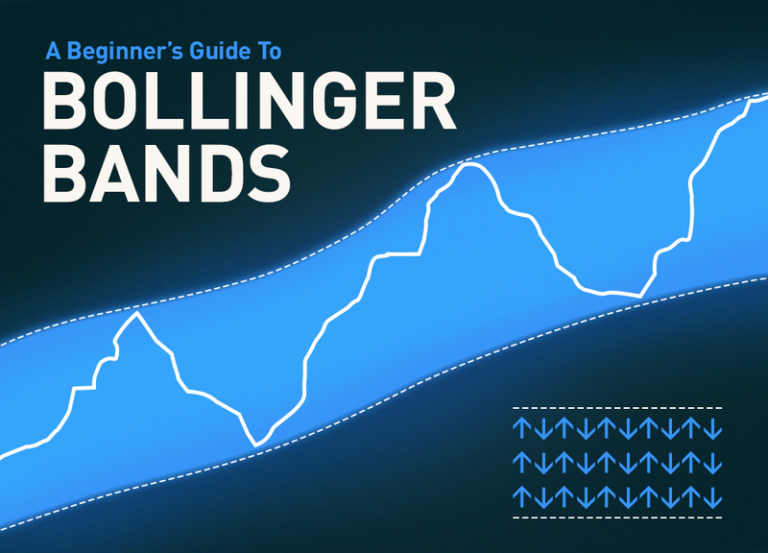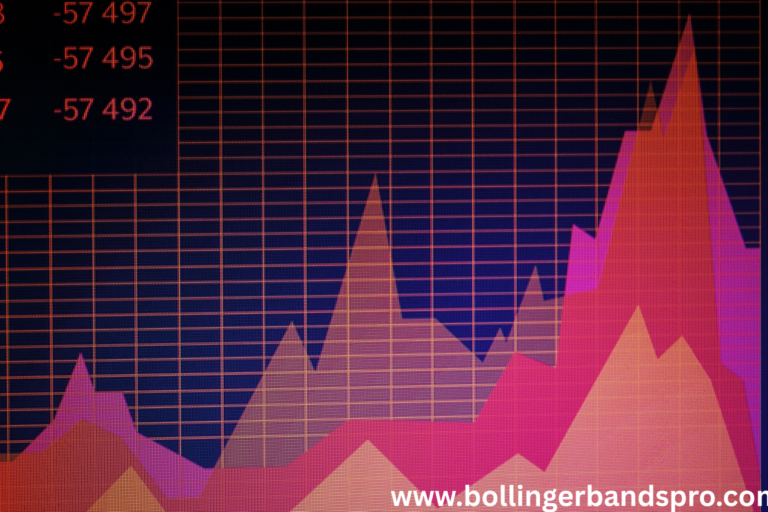Bollinger Bands M-Tops & W-Bottoms: Spotting Reversal Patterns
Bollinger Bands aren’t just for volatility—they can help you spot high-probability reversal patterns like the W-Bottom and M-Top. These patterns are especially useful for swing traders looking to catch trend shifts early.
What Is a W-Bottom?
A W-Bottom signals a bullish reversal after a downtrend.
Key Features:
- Price makes a lower low near or below the lower Bollinger Band
- Then forms a higher low inside the bands
- Price closes above the middle band (SMA 20) on the second leg
✅ A breakout above the middle band confirms the shift in momentum.
What Is an M-Top?
An M-Top signals a bearish reversal after an uptrend.
Key Features:
- Price forms a higher high near or above the upper band
- Then makes a lower high inside the bands
- A breakdown below the middle band confirms bearish momentum
✅ Often followed by a trend reversal or a strong pullback.
How to Trade These Setups
W-Bottom Entry:
- Wait for 2nd bottom to form
- Enter long on a close above the middle band
- Stop-loss: below 2nd low
- Target: recent highs or upper band
M-Top Entry:
- Wait for 2nd top to form
- Enter short on break below the middle band
- Stop-loss: above 2nd high
- Target: lower band or support zone
Tips for Identifying W/M Patterns
- Use RSI for divergence confirmation
- W-Bottoms work best in oversold conditions
- M-Tops work best when price is overbought
- Avoid mid-pattern entries—wait for confirmation close
✅ Chart Example (Visual Description)
- In a W-Bottom: first low breaches lower band, second low stays inside → signals weakening sellers
- In an M-Top: first high pierces upper band, second high fails → shows buyer exhaustion
✅ FAQs
Q1: What is a W-Bottom in Bollinger Bands?
A bullish double-bottom pattern, where the first low breaks the band, and the second low forms inside the bands.
Q2: Are M-Tops and W-Bottoms reliable?
Yes, especially when confirmed with volume or RSI divergence.
Q3: What timeframe works best for these patterns?
4H and Daily charts work best for swing trading; 15m–1H for intraday.
Q4: How are these different from regular double tops/bottoms?
Bollinger Bands provide volatility context, which improves signal reliability.
Q5: Can I use these with other indicators?
Yes—pair with RSI, MACD, or candlestick patterns for confirmation.







